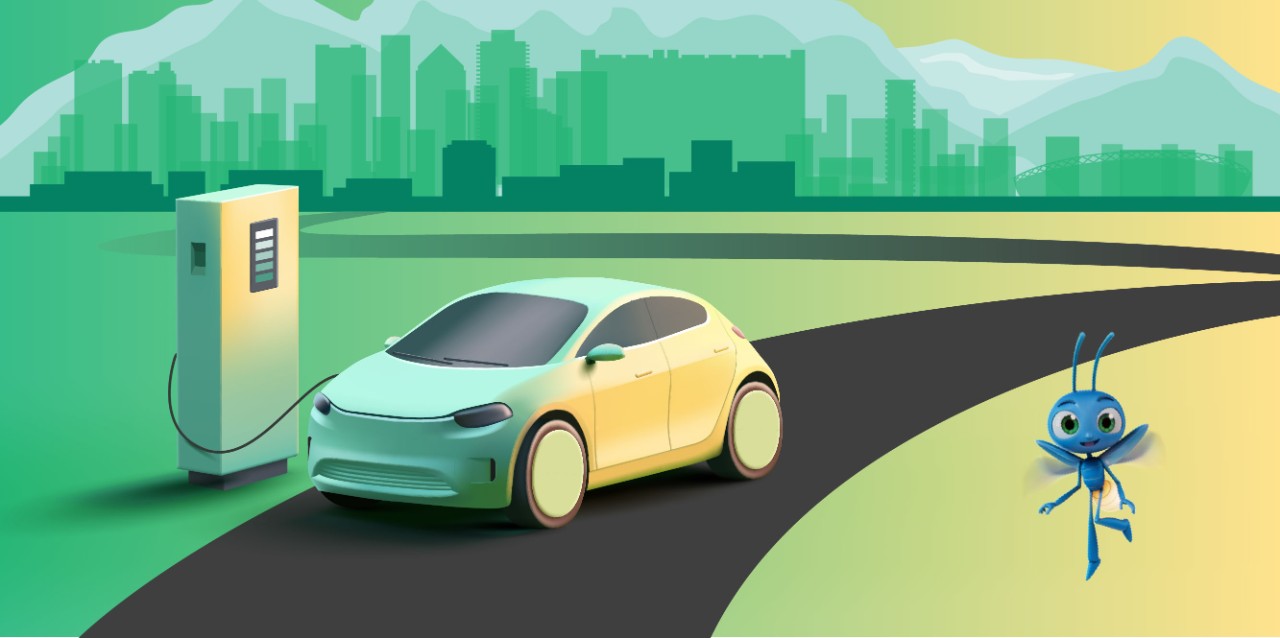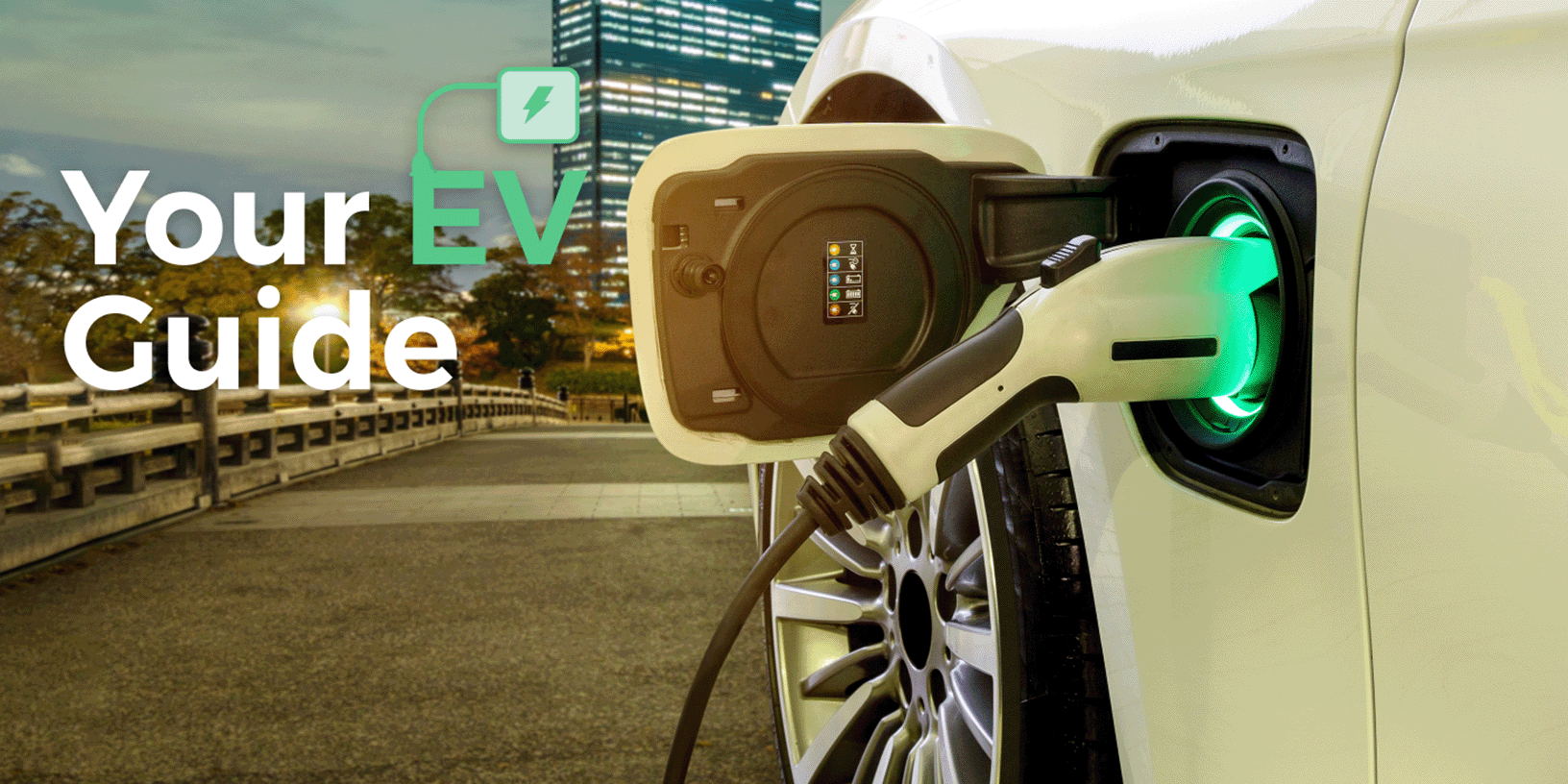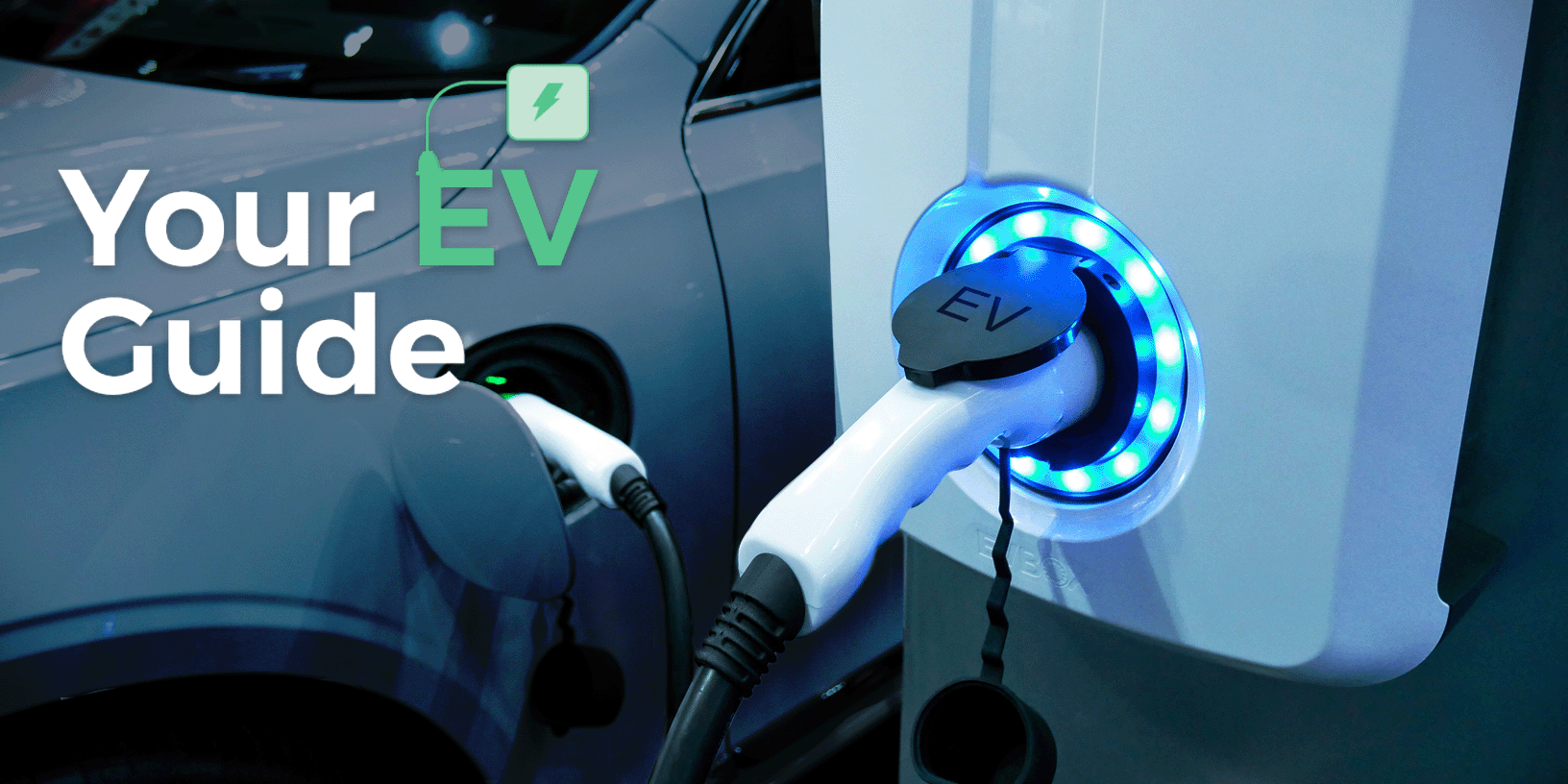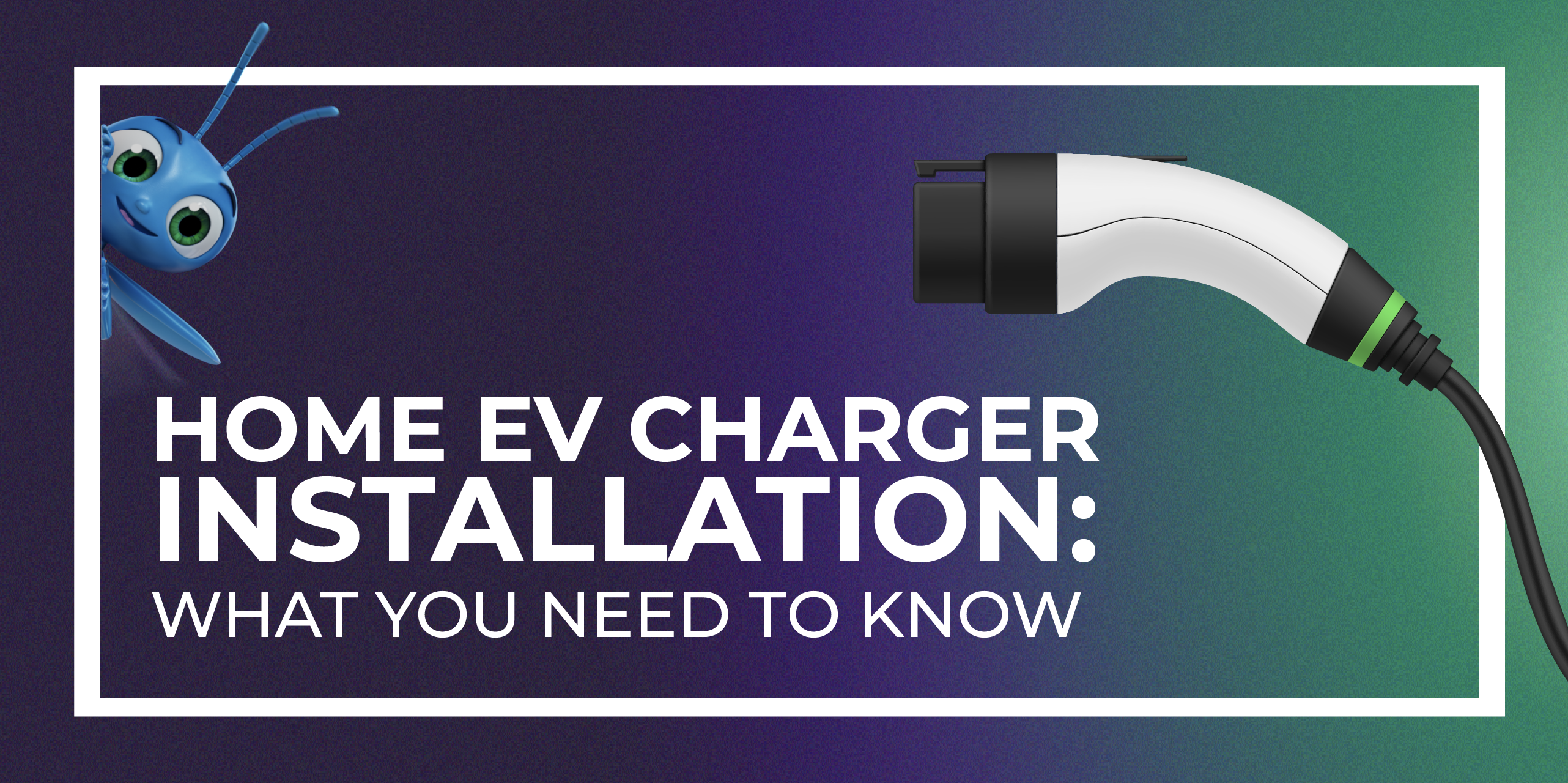Planning Your Electric Vehicle Road Trip



Road trips are Americana—open highways and scenic landscapes. Many North American roads are themselves destinations: Pacific Coast Highway offers its ocean view, for example, and Route 66 features historic sites all throughout its distance. Road trips are the preferred vacation of many travelers who want to set their own schedule of stops (especially with so many ways to save on energy while you're away from home).
Road tripping in an electric vehicle (EV) can be a memorable family outing that's also better for the environment.
While charging your EV at home can be convenient, and even highly efficient with an EV-friendly electricity plan, going on long trips in an EV requires planning ahead. Unlike gas-powered cars, EVs require strategic charging stops. Battery optimization, especially in hot and cold weather conditions, can make everything easier too.
But the rewards of an EV road trip are worth the effort. EV road trips offer incredible perks: whisper-quiet rides, zero emissions and freedom from fluctuating gas prices. With a growing number of charging stations in the U.S. and plenty of EV-friendly routes, hitting the road in an electric car has never been easier.
In this guide, we’ll cover charging station planning, weather-related battery optimization and essential green gear to bring along. Plus, we’ll highlight some of the best EV-friendly road trip routes.

Plan Your Charging Strategy.
Locating EV stations and types of available chargers will require some planning. When you're well prepared and know what to expect, the experience of charging your EV during your road trip can become part of the fun of it.
Use EV route planners
Apps like PlugShare, ChargePoint and Google Maps help map out charging stops along your route. These tools provide real-time availability, pricing and charger types.
Know your charging network
An EV charging network is a system of charging stations that supply power to EVs. Charging networks are like gas stations, making it easier for EV drivers to stay "fueled" while traveling or commuting.
Some EV charging networks are operated by specific companies, while others are open networks where multiple providers collaborate.
Major charging networks include:
- Electrify America – Nationwide fast-charging stations
- EVgo – Reliable urban and highway chargers
- Tesla Superchargers – High-speed charging for Tesla vehicles (if your EV isn't a Tesla, research whether its charging port is compatible)
Understand charging levels
- Level 2 chargers: Found at hotels, restaurants and shopping centers. Best for overnight charging.
- DC fast chargers: Ideal for road trips, providing 80% charge in 15–45 minutes.
Preconditioning your battery
EV batteries can attain an optimized state to ease recharge. EV battery function can slow down in cold weather. A process sometimes referred to as preconditioning brings the battery to an optimum temperature for efficient recharge.
Sometimes this is as simple as programming a charging stop into your EV’s map function. Research the method for preconditioning the battery in your EV before you hit the road.
Another idea: plan stops near attractions, restaurants or shaded areas to make downtime enjoyable.

Optimize Battery Performance in Temperature Extremes.
Extreme temperatures can reduce EV battery range and make recharging less efficient. EVs use thermal management systems to alleviate these effects, but drivers can take extra precautions.
Precool your cabin while plugged in
Before hitting the road, cool your car while it’s charging. When your EV is plugged in, the cooling system draws power from the grid instead of the battery. This means you start your trip with a full charge, avoiding unnecessary battery drain.
Use eco-driving techniques
There are simple habits a driver can use to improve fuel efficiency. For an EV this leads to less frequent recharging, and that can improve battery life over the long term.
Try your hand at these the next time you're behind the wheel:
- Smooth acceleration
- Regenerative braking
- Moderate AC use
Avoid full charges unless needed
Lithium-ion batteries experience more stress when kept at full charge for extended periods, leading to faster wear. Most EVs perform best when charged between 20% and 80%, anyways; this range minimizes strain on the actual battery cells. Lastly, when the battery is fully charged, regenerative braking may be limited, reducing the chance at energy recovery during drives.
Park smart
Direct sunlight can raise your car's battery temperature, potentially reducing its lifespan and efficiency. A cooler battery also requires less energy for thermal management, meaning more power is available for driving. Plus there's the actual inside of the vehicle! Parking in the shade prevents excessive heat buildup inside the car, making it more comfortable to get into of course, but also reducing the need for air conditioning and its strain on the battery.

EV-Friendly Road Trip Routes
Some routes are better suited for EV travel due to strong charging infrastructure. Here are four road trips, a couple of them iconic roads through the United States:
Pacific Coast Highway (CA)
- Stunning coastal views
- Plenty of charging stations along the route
Route 66 (select sections)
- Historic landmarks
- EV-friendly stops in major cities
I-95 Corridor (East Coast)
- Well-developed charging network
- Ideal for long-distance travel
Texas Triangle (Dallas–Houston–San Antonio)
- Strong charging infrastructure along major freeways
The Joy of Putting EV Driving to the Test
With the right preparation, EVs are perfect for road trips. In fact, after you get on the road you’re likelier than ever to see fellow EV drivers. Electric cars continue to evolve and command more and more market share.
EVs offer a cleaner, quieter and more cost-effective travel experience. By planning charging stops, optimizing battery performance and choosing EV-friendly routes, you can enjoy the open road without range anxiety.
So, pack your bags, charge up and hit the road—the future of road trips is electric!





